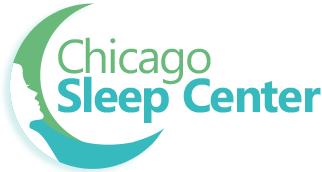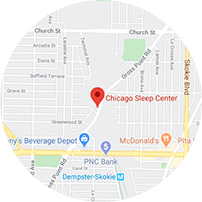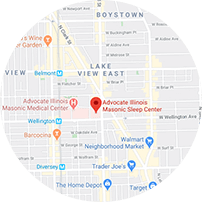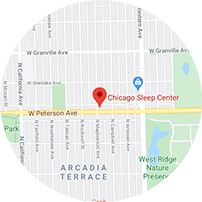The Effects of Technology on Your Sleep Health
Last week Apple rolled out an iPhone update including a new feature called Night Shift. As your bed time approaches, Night Shift automatically shifts the color temperature of your display toward the warmer end of the spectrum. If you’re excited to use this new feature as the sun sets, don’t assume that it’s a cure-all—especially if you’re still reading on your phone in bed.
Scientific research has concluded that light has a noticeable impact on brain function, especially sleep. You’ve probably heard that the blue light, in particular, emitted by everything from TVs to tablets to smartphones is wreaking havoc on our health. That is because blue light, which is also given off by the sun, is near the brightest. It enables us to see our various backlit screens no matter the brightness of day, but it also obstructs our production of melatonin, a key hormone our brains use to tell our bodies to begin preparing for sleep.
A study in the International Journal of Environmental Research and Public Health concluded that the use of these devices and blue light exposure before bedtime “may activate areas of the brain that are responsible for sleep and calming down” and may cause “shorter sleep duration, later bedtime, longer sleep latency, more perceived difficulty falling asleep, poorer sleep quality, more insomnia symptoms, higher levels of daytime sleepiness, and lower daytime ratings of feeling rested.”[1]
Enter Apple’s solution to the problem: a feature on iPhones that transitions the screen’s hue from blue to red as evening progresses.
Dr. Michael Friedman, sleep specialist at Chicago Chicago Sleep Center and a member of the American Academy of Sleep Medicine warns the problem goes beyond your phone’s blue light: “The problem is that the phone is still on. Everyone’s brain is tuned in waiting for the next notification or alert. The best service would be to have our phones automatically turn off at bed time. We should not be using Night Shift as an end-all to improve our sleep health.”
There are two key problems with Night Shift:
- It might encourage more nighttime cell phone use, which could negatively impact sleep health.
Stimulus control, which the Mayo Clinic includes on its list of components of good sleep hygiene, refers to the practice of getting rid of stimulus that conditions the mind to resist sleep. This includes recommendations like using the bed only for sleep and leaving the bedroom if you stay awake for more than 20 minutes. For those who have sleeping problems, cell phone usage could exacerbate those problems.
- The content most of us scroll through on our phones is more likely to stimulate and interfere with sleep.
A major component of good sleep hygiene is preparing for sleep by decreasing our exposure to stimulating content like TV and social media the closer we get to bed.
Many professionals go so far as to recommend that people who have trouble falling asleep avoid all contact with backlit electronic screens for an hour before going to bed. Unfortunately, that’s not realistic for all people. As such, Night Shift can be an aid, reducing the amount of blue light emitted by your phone. While it won’t entirely solve the problem, Dr. Friedman notes that the Night Shift feature can still be a welcome tool for people with sleep issues, so long as they’re also sticking to other healthy sleep behaviors. [2] [3]
[1] Mak YW, Wu CS, Hui DW, Lam SP, Tse HY, Yu WY, Wong HT. Association between screen viewing duration and sleep duration, sleep quality, and excessive daytime sleepiness among adolescents in Hong Kong. International Journal of Environmental Research and Public Health 2014;11(11):11201-11219.
[2] http://www.businessinsider.com/can-iphone-night-shift-help-you-sleep-2016-3
[3] http://appleinsider.com/articles/16/03/22/why-apples-night-shift-in-ios-93-will-help-you-get-a-better-nights-sleep










